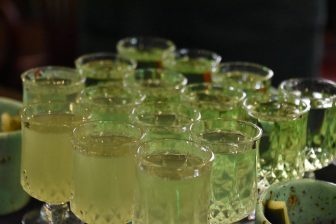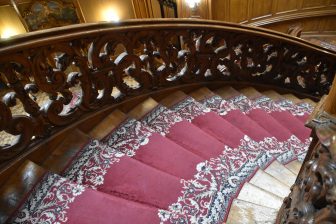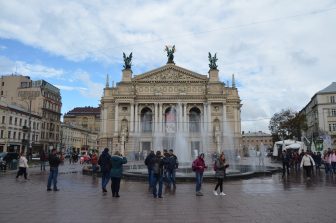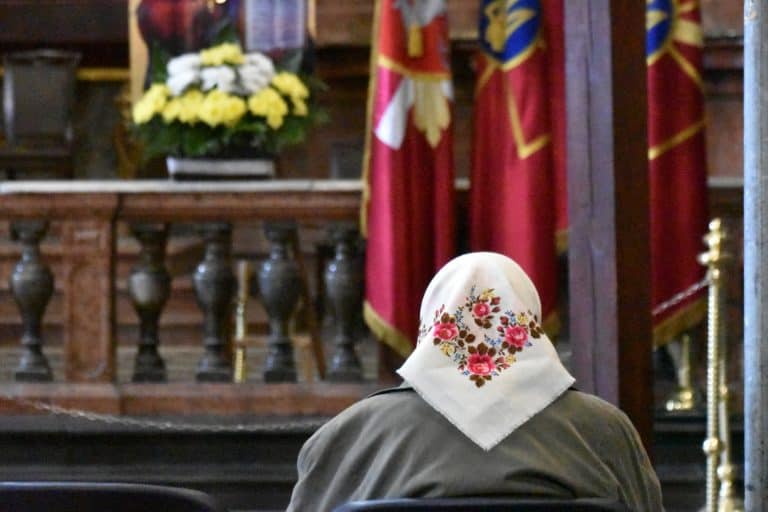
[ Sept.2018 ] They say that there are more than 100 churches in Lviv in western Ukraine.
Therefore, during our first sightseeing tour, naturally we visited a few churches.
Among them, the one whose interior murals were most impressive was the Armenian Cathedral.
Apparently, Armenian people have been living in Virmenska street in the centre of Lviv since the 14th century.
At one time, it was the third largest Armenian community in Europe, following Venice in Italy and Amsterdam in The Netherlands.
The site of the cathedral used to be a park.
One of the trees there was a quince tree, which was brought from Armenia and the kernel of the fruit had the shape of a cross.
The Armenian people thought it was a revelation, so they built the cathedral here.
They started building it in the 14th century, but it was renovated and expanded many times, so many different architectural styles are included in the building.
There was a Khachkar (a cross stone), which I had seen many times in Armenia, just before the entrance of the church.
We also visited the Dominican Cathedral.
The gilded statues of the saints were lovely here.
This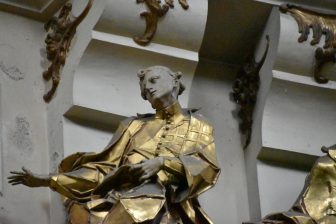
Apparently, the museum is still there, but we did not visit there.
Now, this is the cathedral of the Greek Catholic Church.
I had never heard of Greek Catholic.
In 1646, those who believed in Orthodoxy and lived in the most western part of Ukraine accepted the authority of the Pope in Rome and since then, their Christianity is called Greek Catholic.
Their way of services, the onion shaped dome in the churches, Icon worship, and the fact that priests can get married are all the same as the Orthodoxy, but the leader of the church is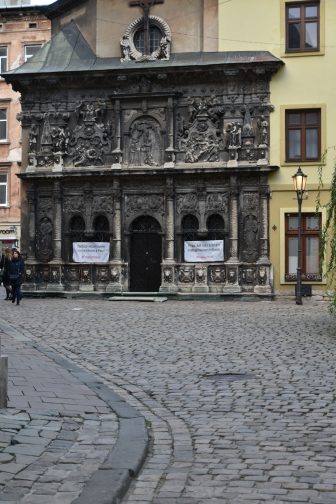
There are somewhere between 5 million and 6 million believers in Ukraine and many of them are in the west of the country.
On the day, we only walked around Rynok Square, the centre of the old town, but there were so many kinds of church.
Another one that made a strong impression on me was Boyim Chapel, whose outer walls were black and full of sculptures.
This chapel was built in 1617 and it belonged to the family of a Hungarian merchant, called Georgi Boyim.
We did not go into the chapel, but apparently it is gorgeous inside, too.
As you can see, there are many kinds of religious churches in this town, but one thing we must not forget is the Jewish community here.
We saw the site that used to be a Synagogue.
Around the time that WW2 started, there used to be a big Jewish community here.
Because this town was occupied by the Nazis from 1941 to 1944, 136,000 people were killed in the town and 350,000 were sent to the camps, according to our guidebook.
However, 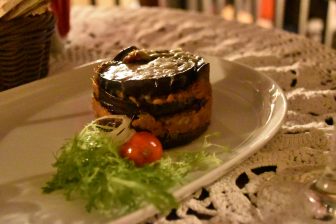
However, the family of her husband are now all in the US and the best friend lives in Israel now.
There must be another twist in recent history….
That night, we went to a Jewish restaurant called Zhydivska Knaipa.
We had something similar to Moussaka, a dish with herring, and some other things, which were nice and exotic.
The speciality of this restaurant is that they do not have a fixed price for each meal and people negotiate to decide the price.
Unfortunately, we did not have that part of the fun, because the waitress spilled wine on my husband’s clothes, so they offered a big discount from the start.



